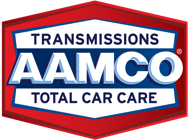5 Commons Reasons Why Your Check Engine Light Is On
My Check Engine Light is On – Should I be Concerned?
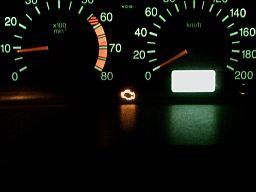
Some Reasons for a Check Engine Light Can be Simple or Inexpensive
Among the top reasons your check engine light is on, these are easiest and most inexpensive to fix. If you don’t have the automotive expertise or time to do it yourself then bring your car into one of our locally owned AAMCO Utah locations – we’ll provide a thorough Multi-Point Inspection , free of charge.
Your Gas Gap May Be Loose or Missing
 In some vehicles, a check engine light can come on if you forget to tighten your gas gap or left it at the gas station. Have you noticed that the light came on shortly after filling up for gas? If so then odds are it’s incredibly simple to fix. Double check that your gas cap is on and secured tightly. Most gas caps make a clicking noise once they are tightened enough- if your cap does this you will likely be familiar with the noise. Once you’ve checked and tightened your gas cap, restart the engine to see if the light has gone away.
In some vehicles, a check engine light can come on if you forget to tighten your gas gap or left it at the gas station. Have you noticed that the light came on shortly after filling up for gas? If so then odds are it’s incredibly simple to fix. Double check that your gas cap is on and secured tightly. Most gas caps make a clicking noise once they are tightened enough- if your cap does this you will likely be familiar with the noise. Once you’ve checked and tightened your gas cap, restart the engine to see if the light has gone away.
If the light remains it is possible that your gap is still loose or is no longer airtight due to a worn out seal or crack. Try replacing the cap with a new one to see if the light goes away. Once you’ve replaced the cap and find that the light remains, you’ll either need to investigate further.
You May Need New Spark Plugs or Plug Wires
Another common reason for seeing a check engine light is faulty spark plugs or plug wires. Your spark plugs and wires are what ignites the fuel/air combo to make your engine turn. Old or faulty plugs and wires can cause weakened engine performance and poor fuel economy at best. At worst they can cause a clogged catalytic converter or damage to your ignition coils and oxygen sensors. Replacing your spark plugs or wires is inexpensive and can drastically improve the performance of your engine. Spark plugs and wires are inexpensive, and not very labor intensive to replace. We recommend having your spark plugs and/or wires inspected every 30,000 miles to ensure they are in good condition. If you suspect you need new plugs or wires we highly encourage you to head into your nearest AAMCO right away to get them serviced before they cause more damage and rack up an expensive auto repair bill.
There May be an Oxygen (O 2 ) Sensor Malfunction
Oxygen sensor malfunctions are another reason for a check engine light to be on. Your vehicle’s oxygen sensor is used to measure the amount of unburned oxygen within your exhaust system. When your O 2 sensor fails or has a malfunction you can start burning up too much fuel and get fewer miles per miles per gallon (MPG) then you normally do. In addition, a faulty sensor can damage your spark plugs and/or your catalytic converter. Having your O 2 sensor inspected and serviced is also a relatively inexpensive repair. Once again if your oxygen sensor is having problems we highly recommend getting it serviced as soon as possible to avoid to much more costly repair.
Other Causes of Having Your Check Engine Light On Aren’t as Simple
With any luck, the cause of your check engine light being on was one of the easier and less expensive automotive issues mentioned above. If after confirming that those aren’t the root cause of the light, unfortunately, you could be experiencing one of these more costly automotive issues.
Mass Airflow Sensor Issues Can Also be a Cause
Issues with the mass airflow sensor are also a common reason for your light to be on. A mass airflow sensor measures how much air is entering your engine and determines the amount of fuel needed for your engine to operate efficiently. Signs a faulty airflow sensor include strange engine behavior such as difficulty starting, an idle speed that it too fast or slow, and jerking during acceleration. A faulty airflow sensor can damage your oxygen sensor, spark plugs, or even your catalytic converter. While it’s not incredibly expensive to replace, it can cause a much more expensive issue if it causes damage to your catalytic converter.
Your Catalytic Converter Could be Failing
 Issues with your catalytic converter will also cause the dreaded check engine light. Your vehicle’s catalytic converter is used to convert harmful carbon monoxide into carbon dioxide. Typically a failing catalytic converter is caused by neglecting faulty spark plugs or wires, O 2
sensor, or mass airflow sensor. This can be a costly repair, which is why we encourage checking and servicing the other common causes of an engine light first.
Issues with your catalytic converter will also cause the dreaded check engine light. Your vehicle’s catalytic converter is used to convert harmful carbon monoxide into carbon dioxide. Typically a failing catalytic converter is caused by neglecting faulty spark plugs or wires, O 2
sensor, or mass airflow sensor. This can be a costly repair, which is why we encourage checking and servicing the other common causes of an engine light first.
If you decide to wait on replacing a malfunctioning catalytic converter your vehicle can run at higher temperatures, experience worsened fuel economy, and you will undoubtedly fail any emissions tests. Don’t wait until it’s too late, trust in AAMCO’s Total Car Care services including exhaust, muffler, and catalytic converter repairs.
AAMCO Utah Provides Complete Total Car Care – Stop by Today
 AAMCO Utah’s expert mechanics can provide a free multi-point inspection to help diagnose your check engine light on your vehicle. Let us ensure that your vehicle is operating as it should and help to get you back on the road safely! Call or stop by your local AAMCO Utah location
today for the best in automotive repairs, diagnostics, regular maintenance, and the best customer service available.
AAMCO Utah’s expert mechanics can provide a free multi-point inspection to help diagnose your check engine light on your vehicle. Let us ensure that your vehicle is operating as it should and help to get you back on the road safely! Call or stop by your local AAMCO Utah location
today for the best in automotive repairs, diagnostics, regular maintenance, and the best customer service available.
Schedule An Appointment Today

The post 5 Commons Reasons Why Your Check Engine Light Is On first appeared on AAMCO Utah Transmission Repair and General Car Repair.
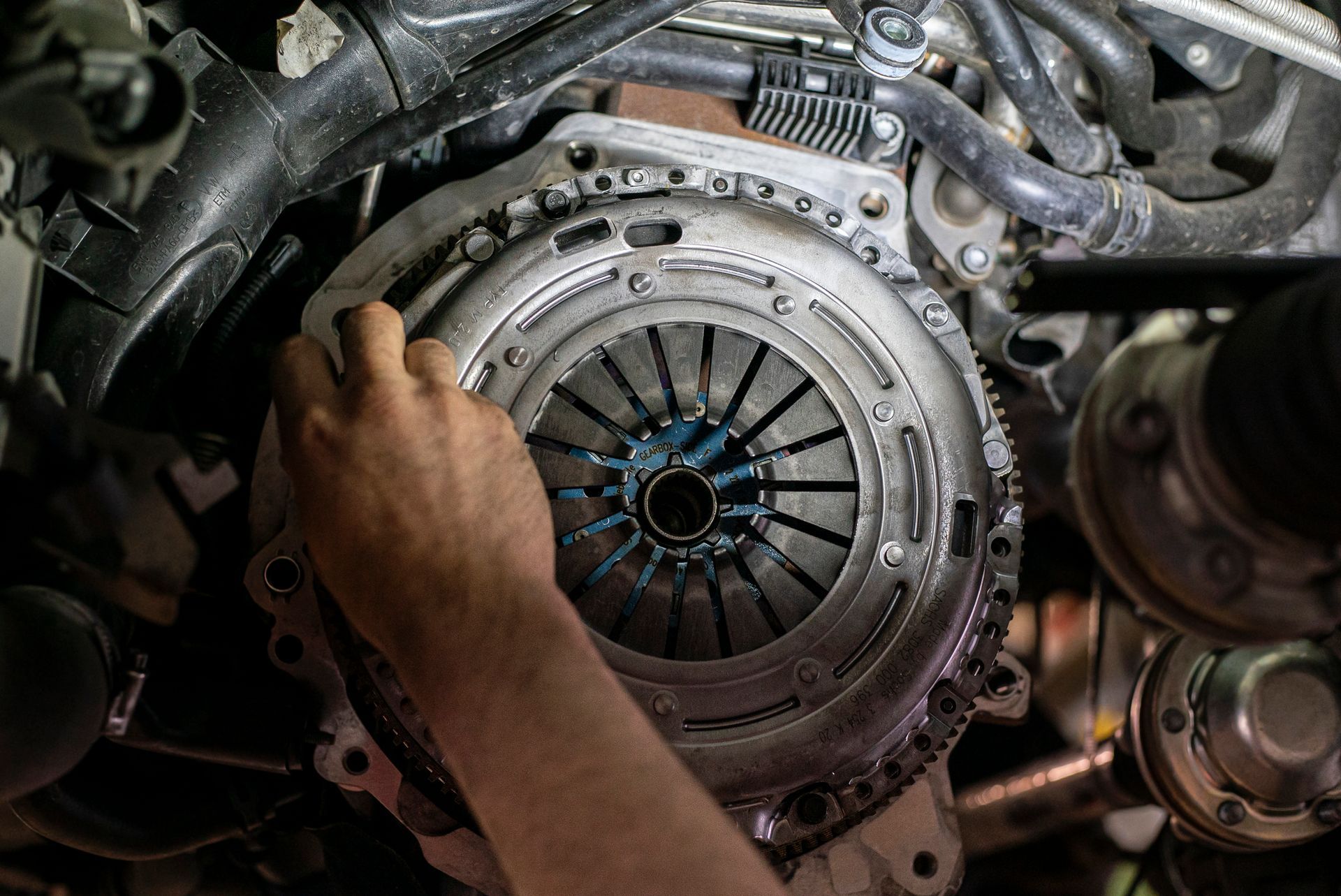
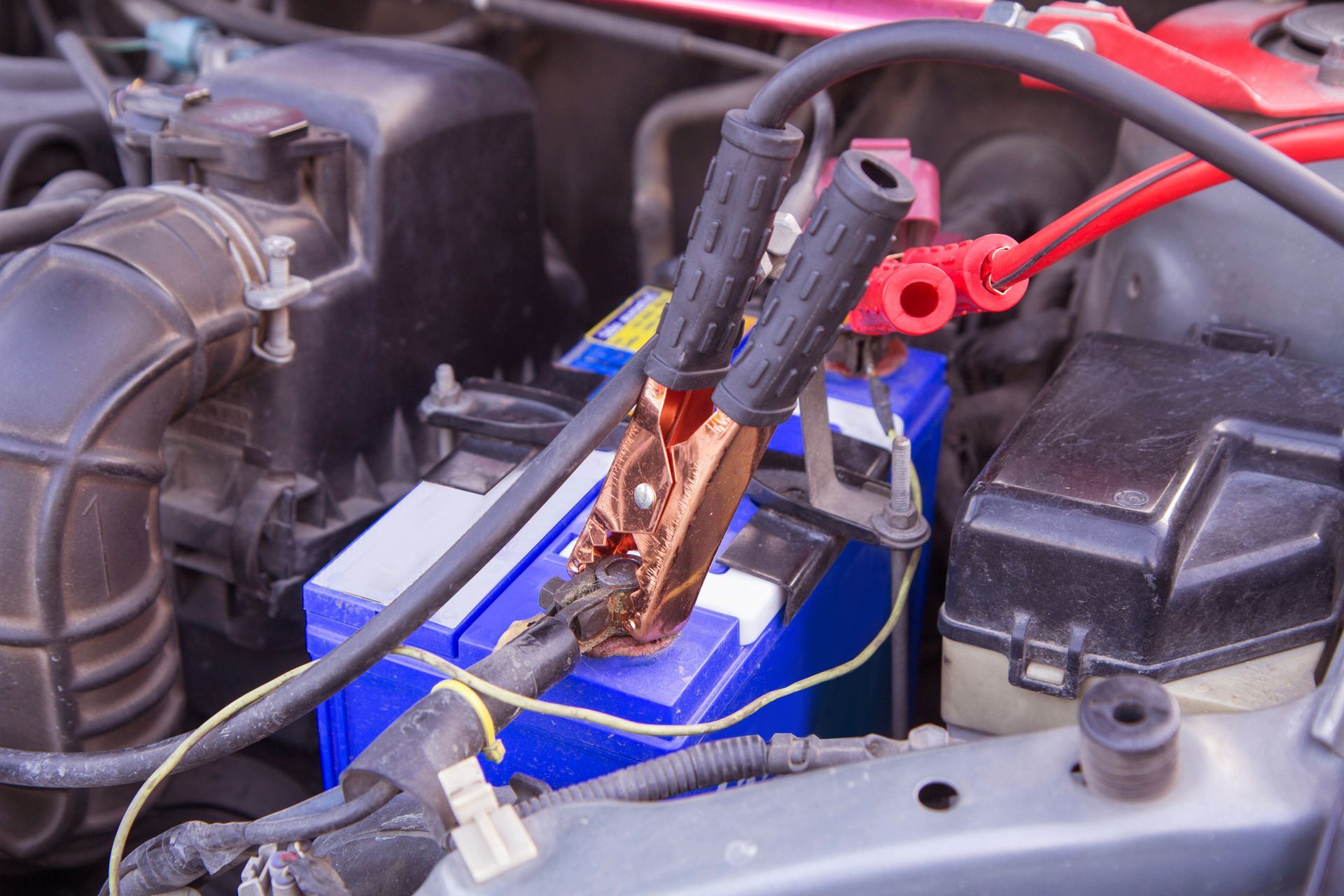
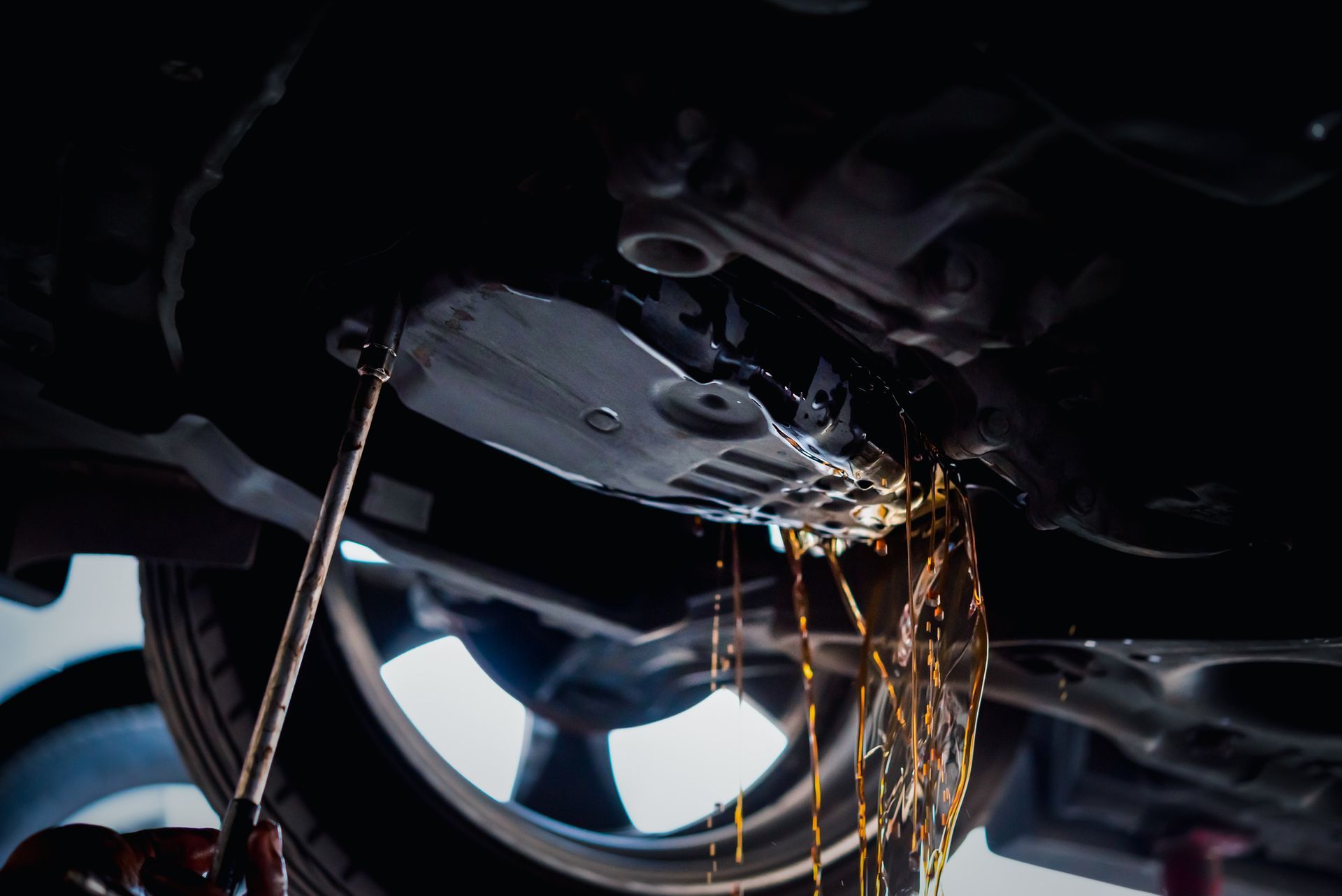
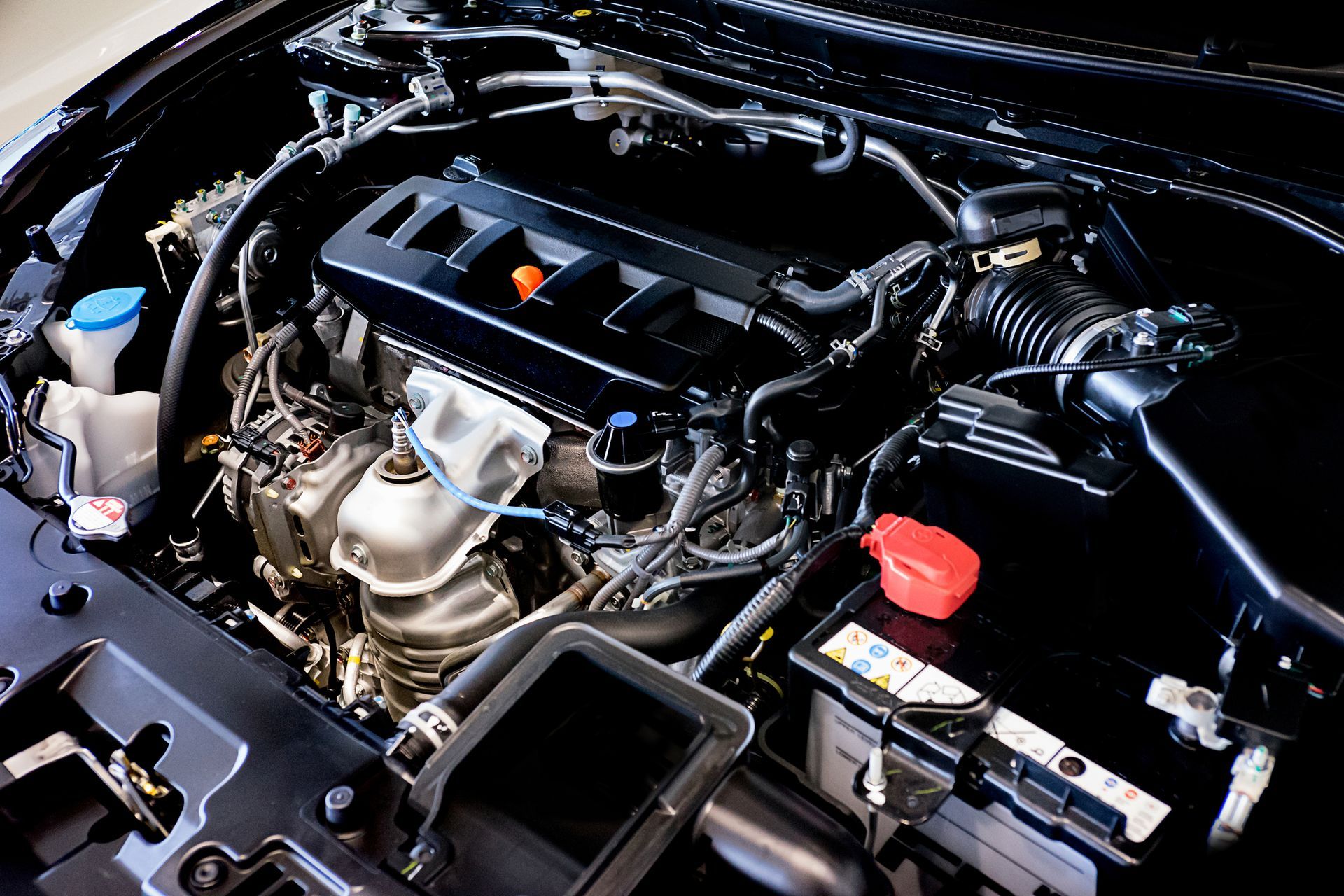
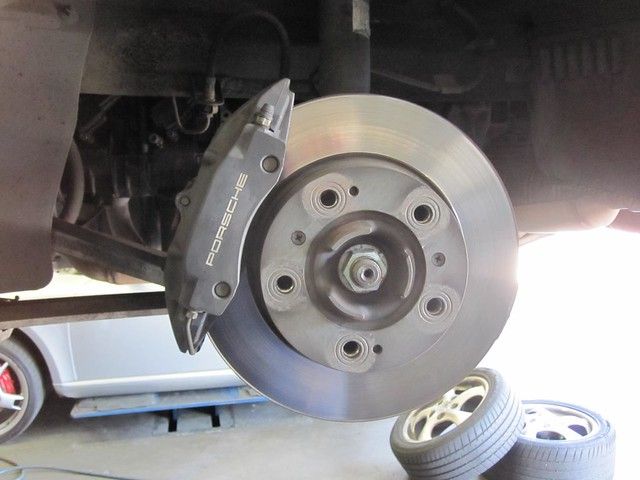


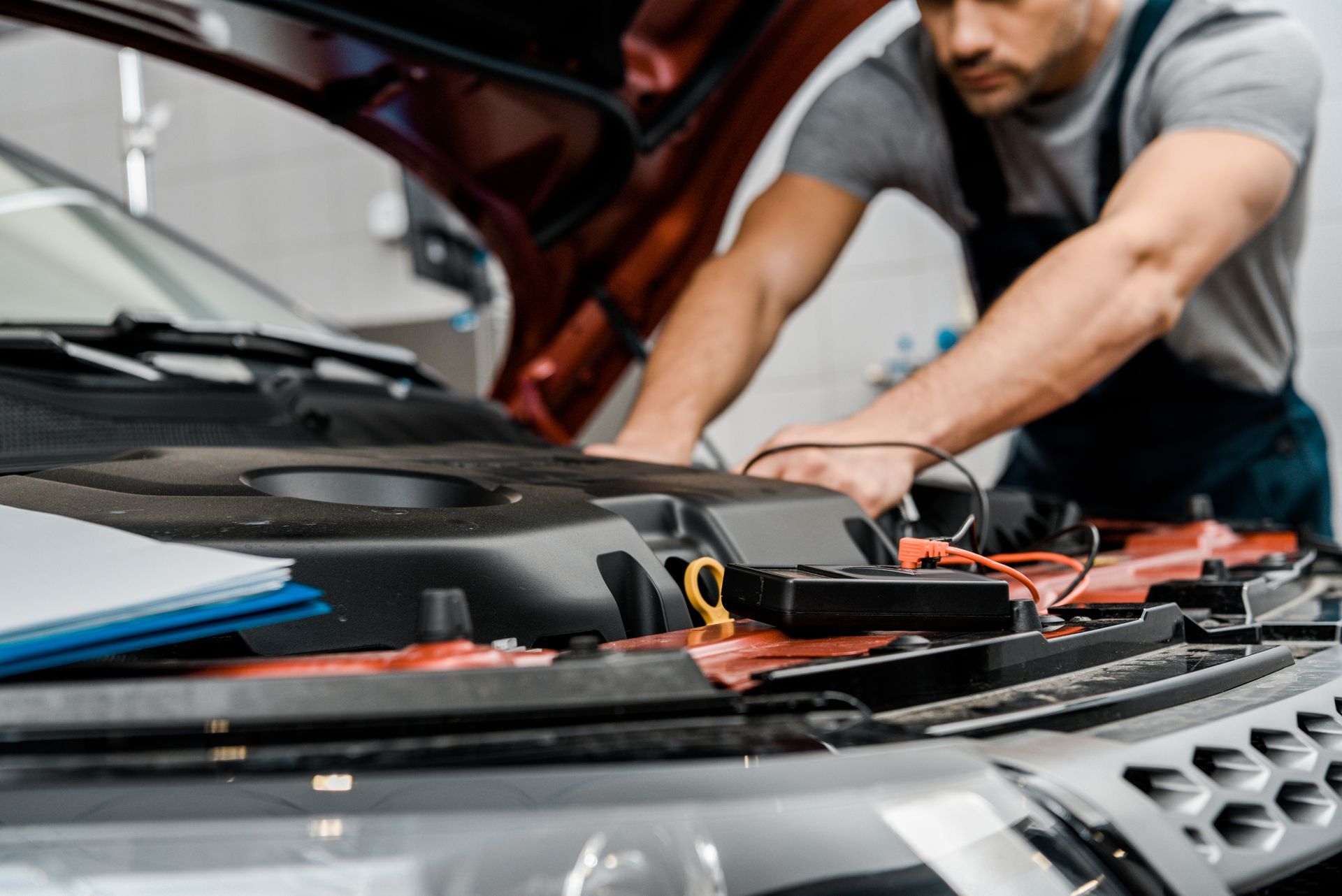
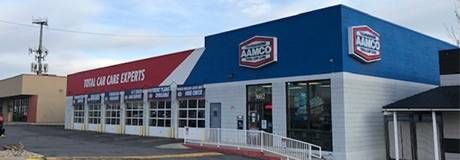

RECENT BLOG POSTS



MORE FROM US
Content and images on this website may not be reproduced without explicit permission.
Please contact
PW Media for additional details.
All Rights Reserved | AAMCO Transmissions Inc.
